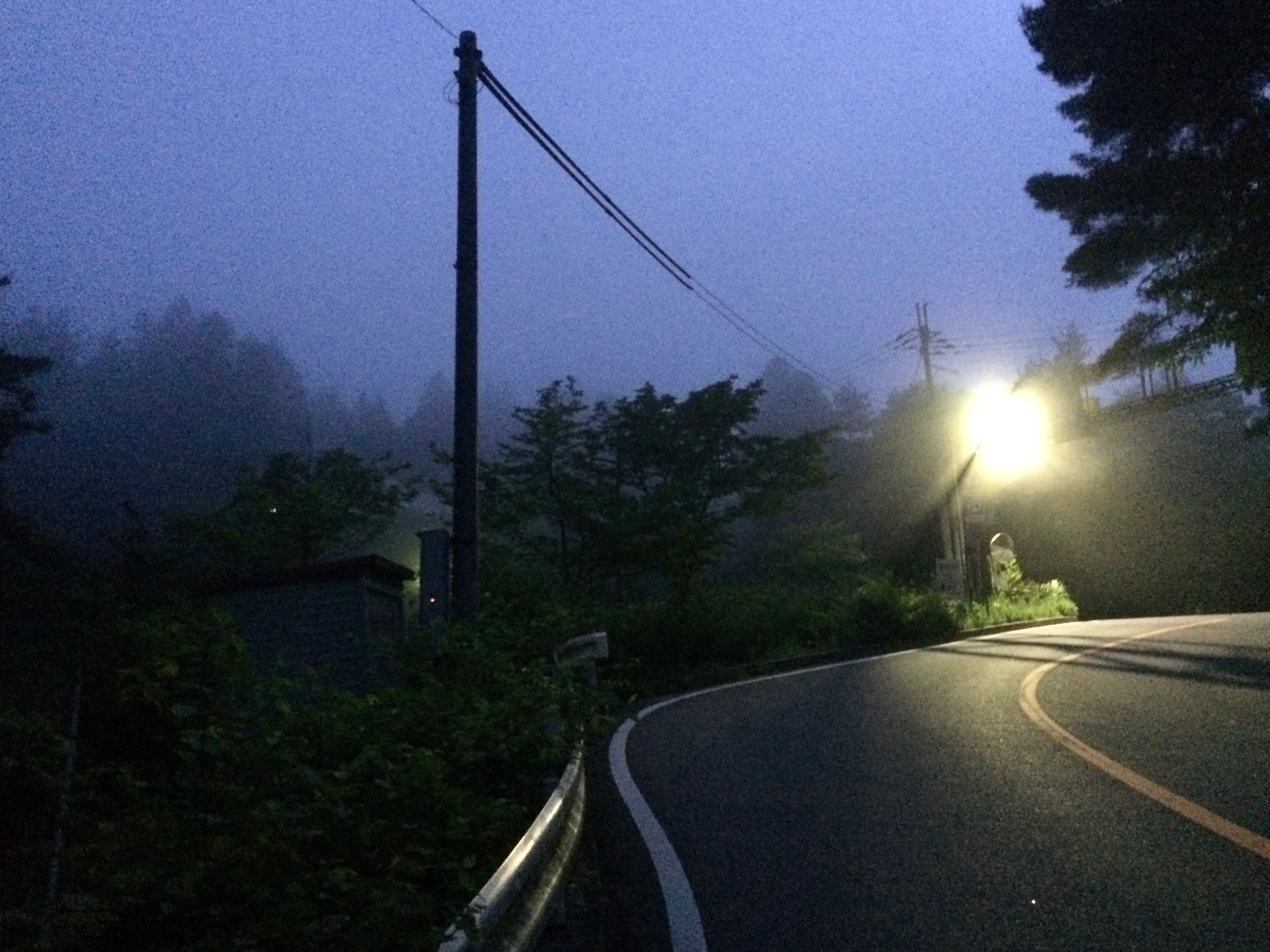Day 43 (May 25, 2017)
Nagata Ward, Kōbe, Hyōgo → Kita Ward, Kōbe, Hyōgo
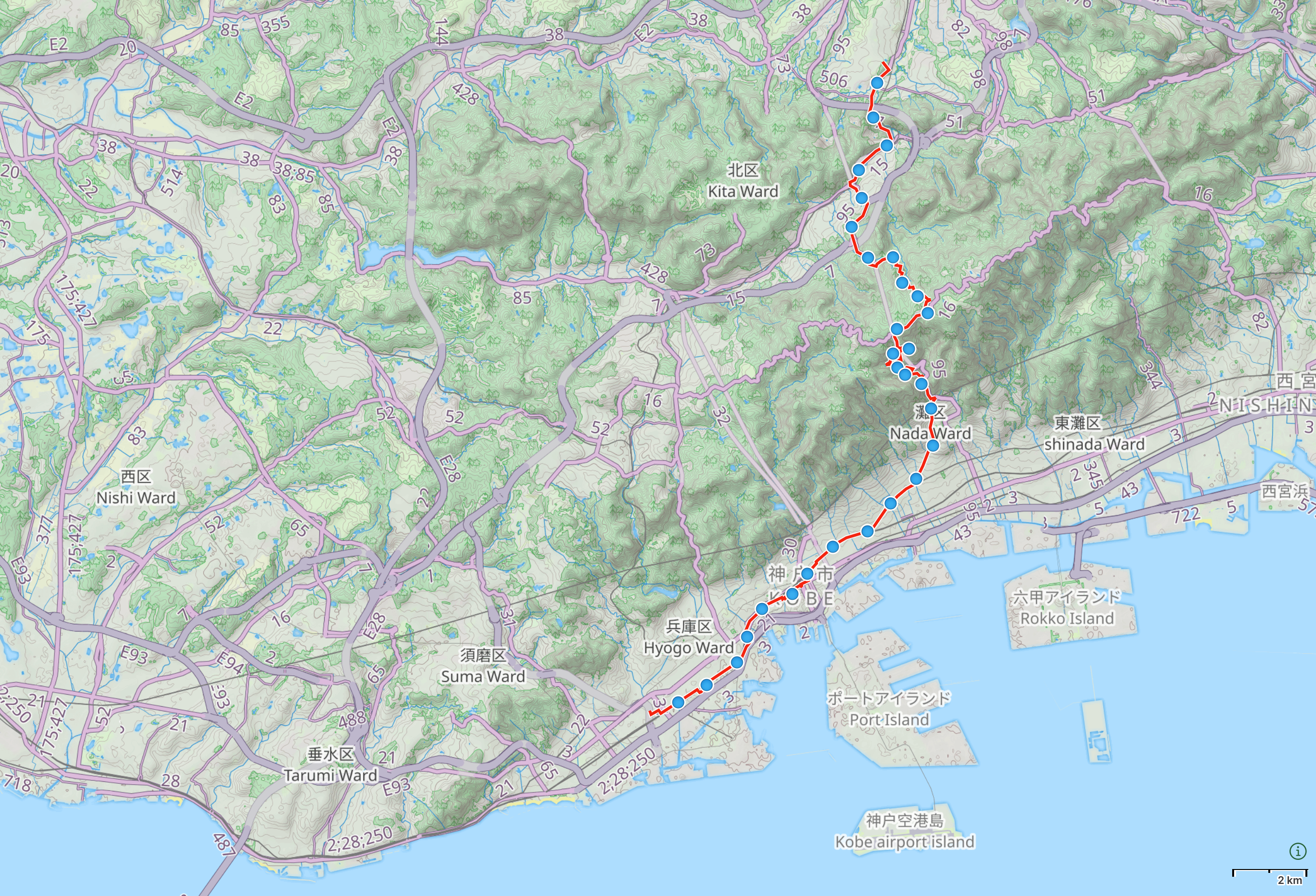
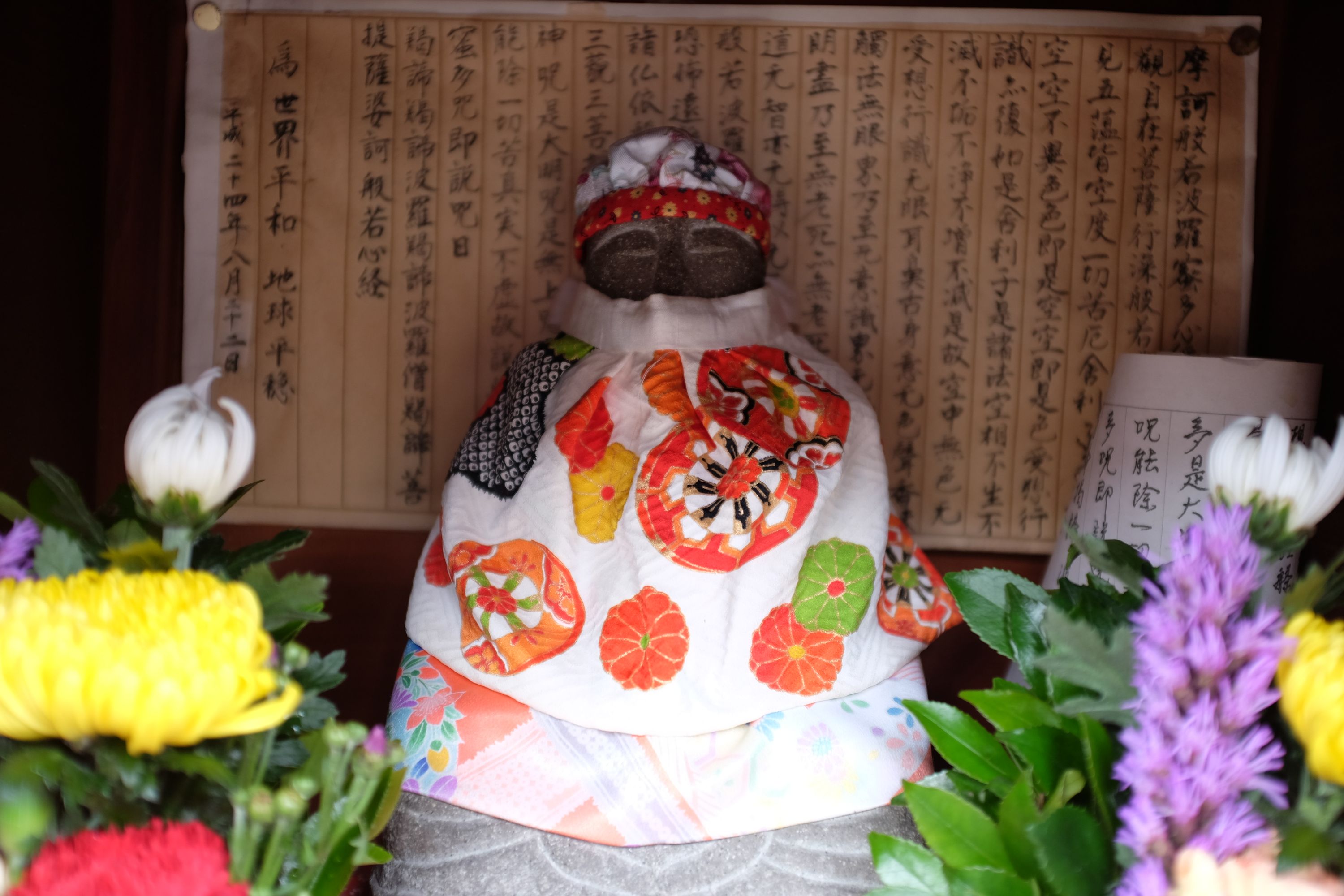
As Kyōto draws near, the small statues of the Buddha dotting the roadside fold their simple country checks and reds, and reach for the ceremonial silks of the thousand-year capital.
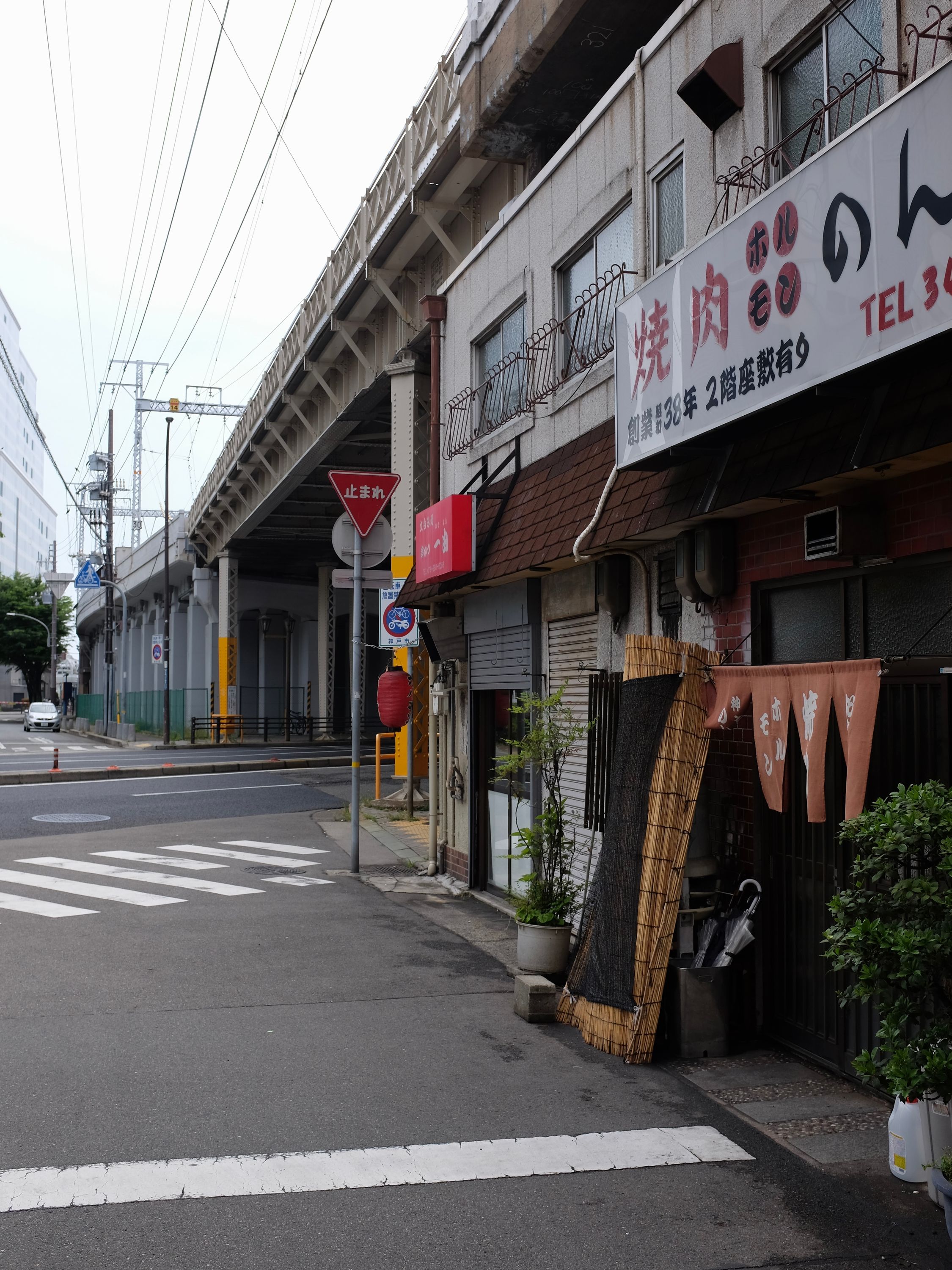
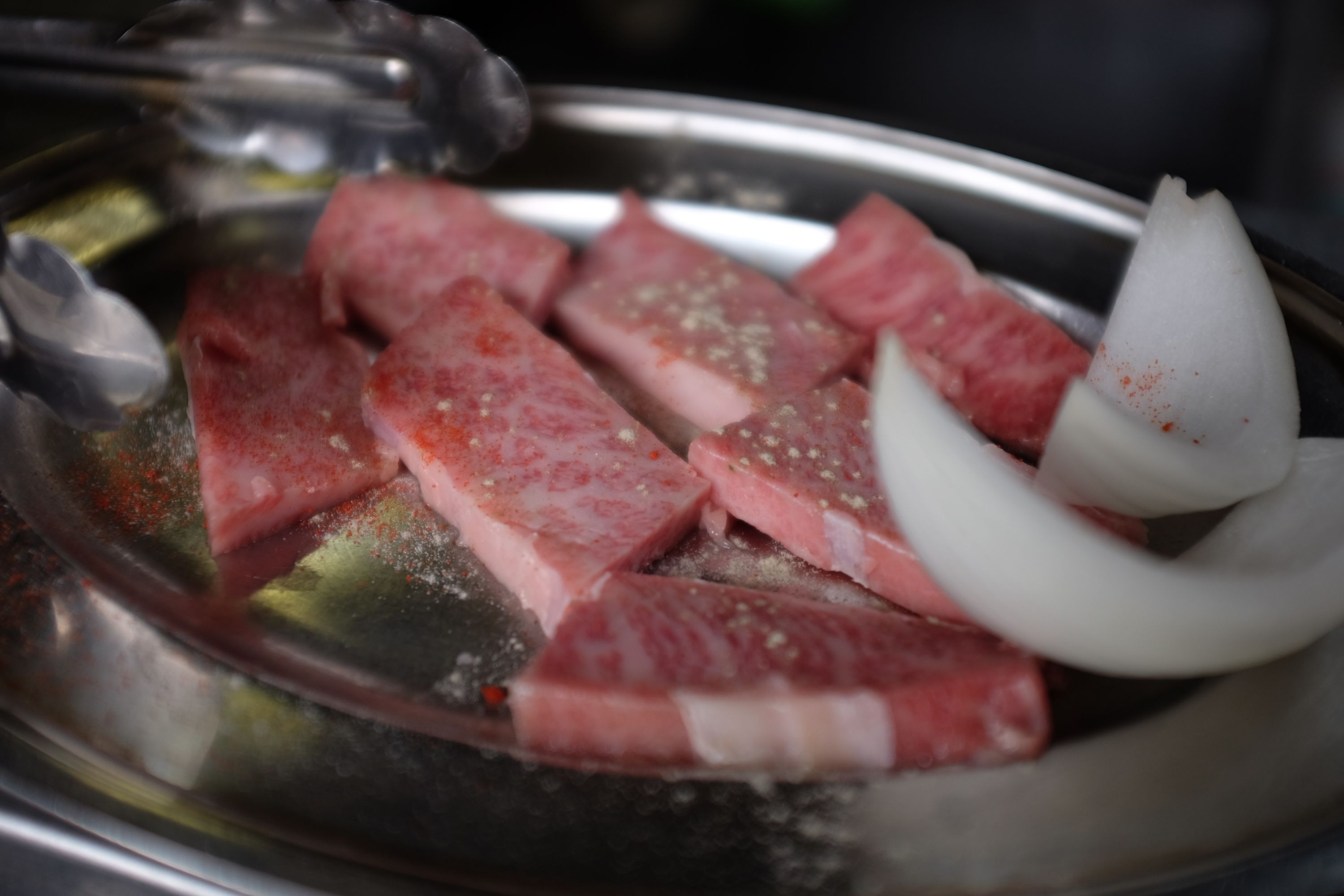
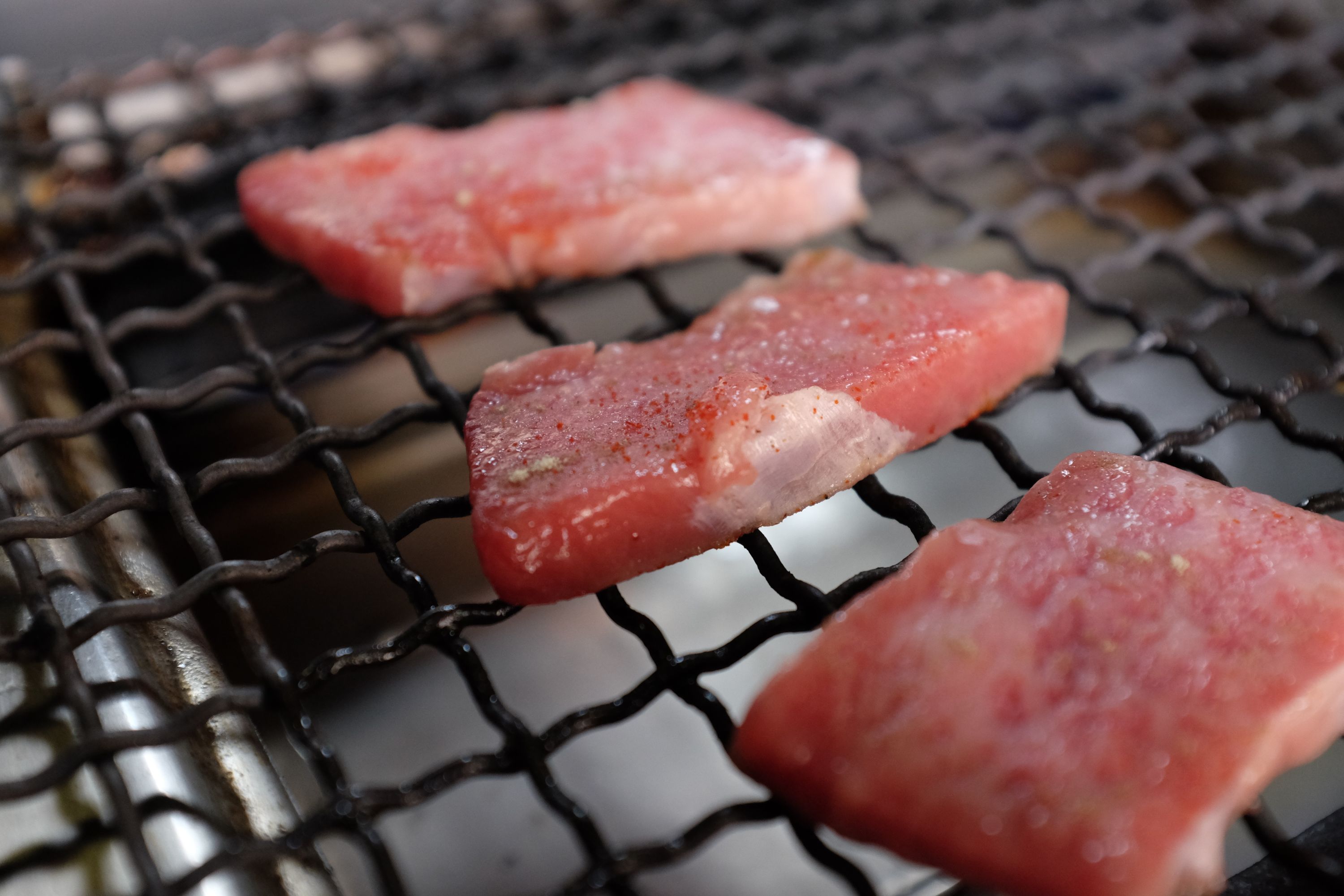
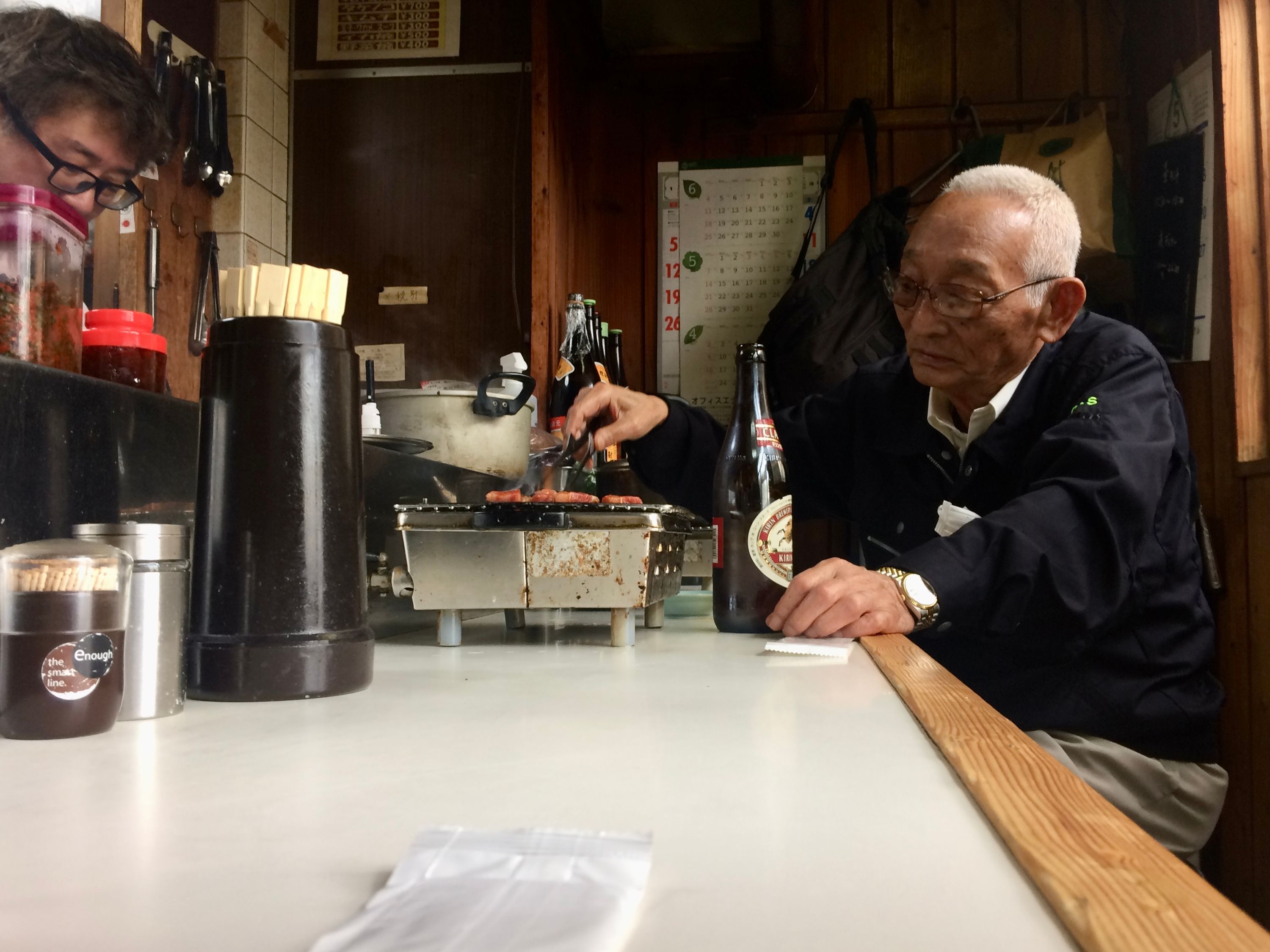
When one is in Kōbe, and wants to do as the people who know the one thing about Kōbe that everyone knows about Kōbe do, one eats Kōbe beef for lunch, and one could hardly wish for a better place to eat Kōbe beef than a hole in the wall under the train tracks, with a massively alcoholic old man wearing a gold Rolex, and a middle-aged Black Francis for company.
“Kōbe beef is number one,” the owner assured me, and I suppose it was, on some academic level, as a thesis on perfect textural homogenity. Could these precious little dominoes ever hold a candle to a star destroyer of an Argentinian vacío steak and a glass of Cafayate red? Of course they couldn’t. But I was literally on the other side of the world, we toasted each other with big glasses of barley shōchū, and the pieces of Kōbe beef melted in my mouth like a half-forgotten dream of the Argentina I have known and loved.
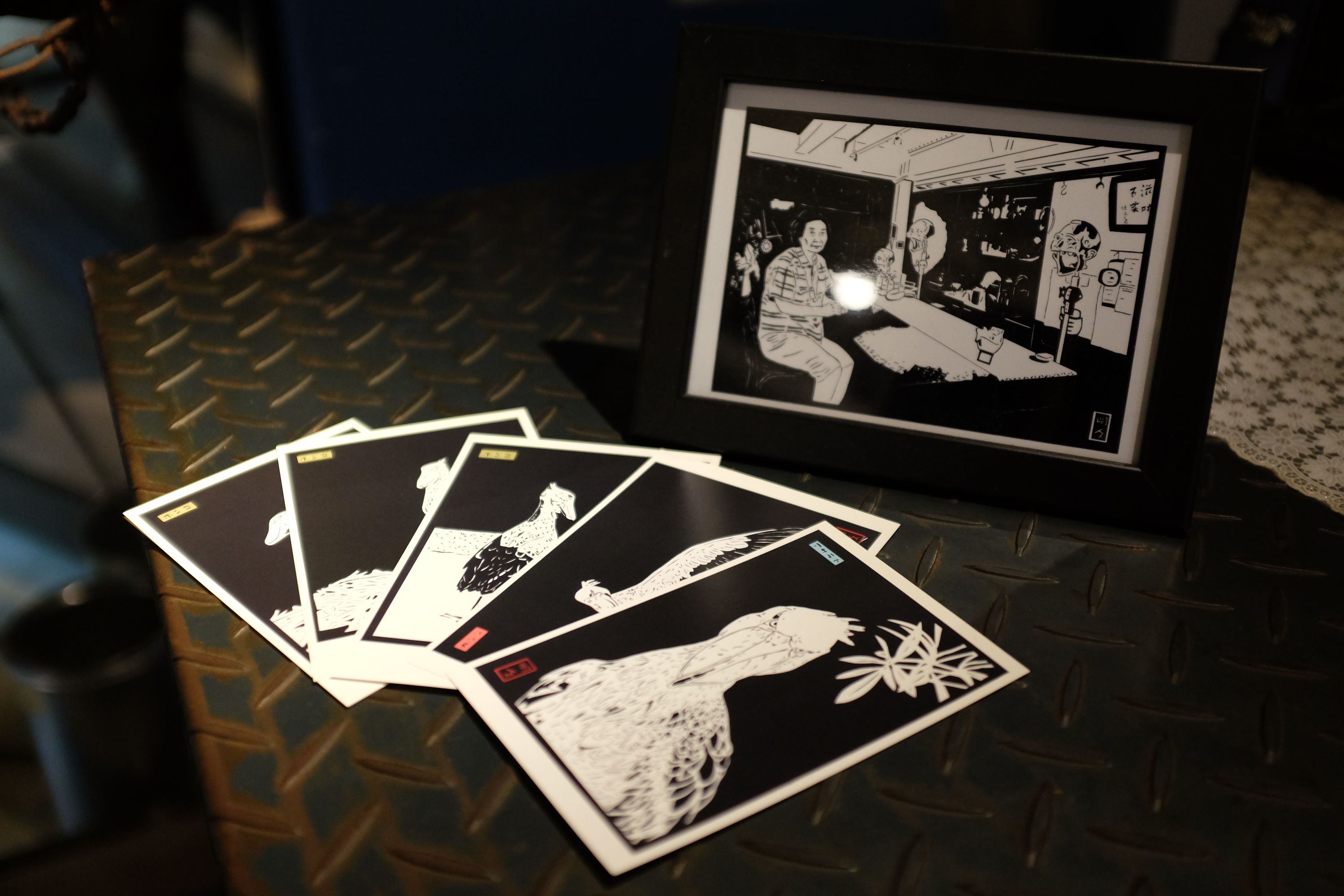
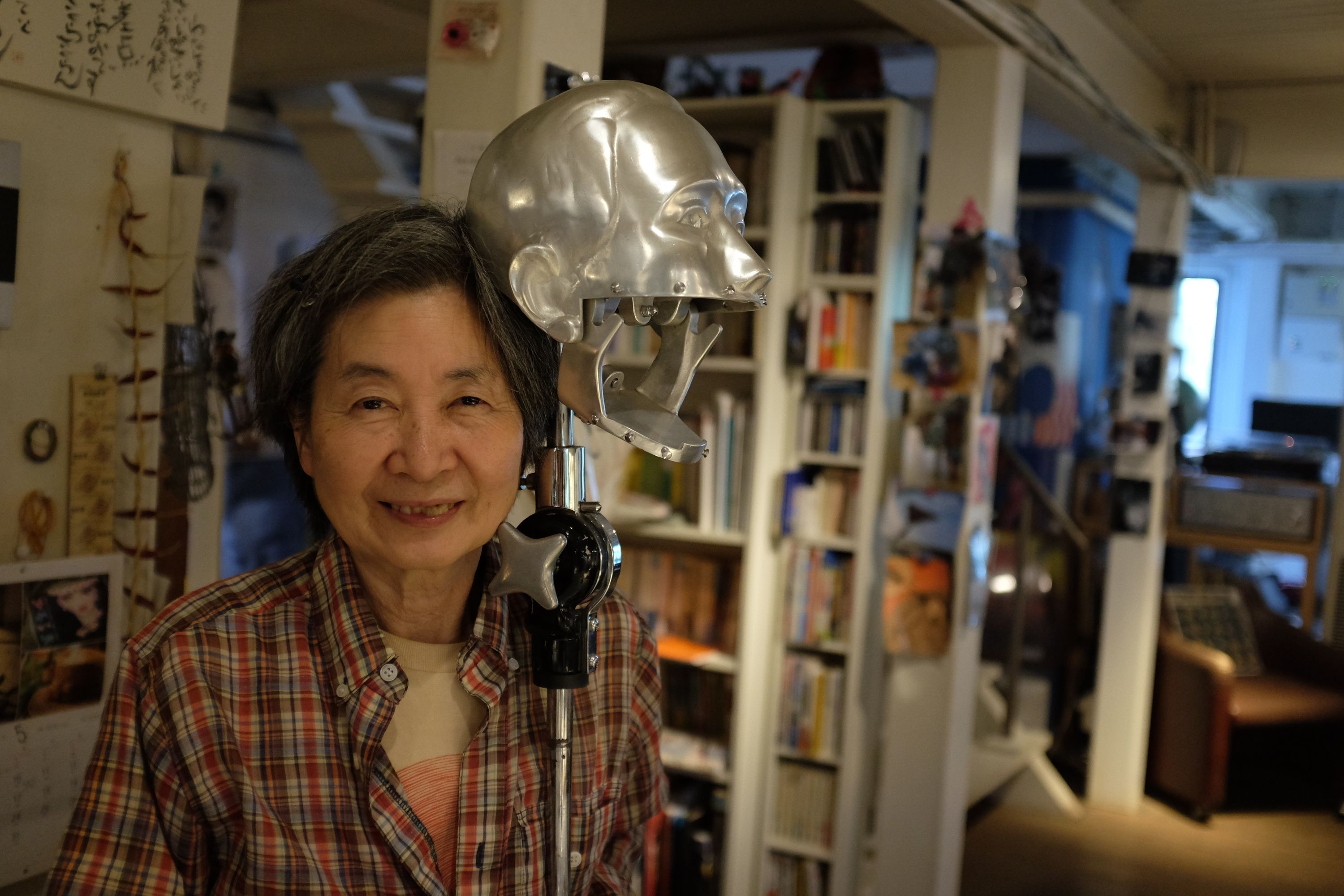
The Tōkaidō Main Line thundered overhead, counterpoint to The Goldberg Variations playing from an old record. Every other express would knock the lightbulbs from their sockets in Miyazaki Miyoshi’s café, and she would rush over in the half-light to screw them back, behind the life-size steampunk statue of a bull.
I drank her coffee.
“They are my boyfriends,” she said, and caressed one of the impaled heads on her bar, the silver spikes, the shiny cranium. I told her about a long-ago afternoon on the shores of Lake Albert, the Blue Mountains silhouetted against the Congolese border, shoebill storks lurking in the reeds.
I had been ill for days, and city life now sparkled in my synapses like mica, and I bowed, and walked along the Tōkaidō, and turned into the mountains, into the fog, high above the purple-silver, ephemeral city.
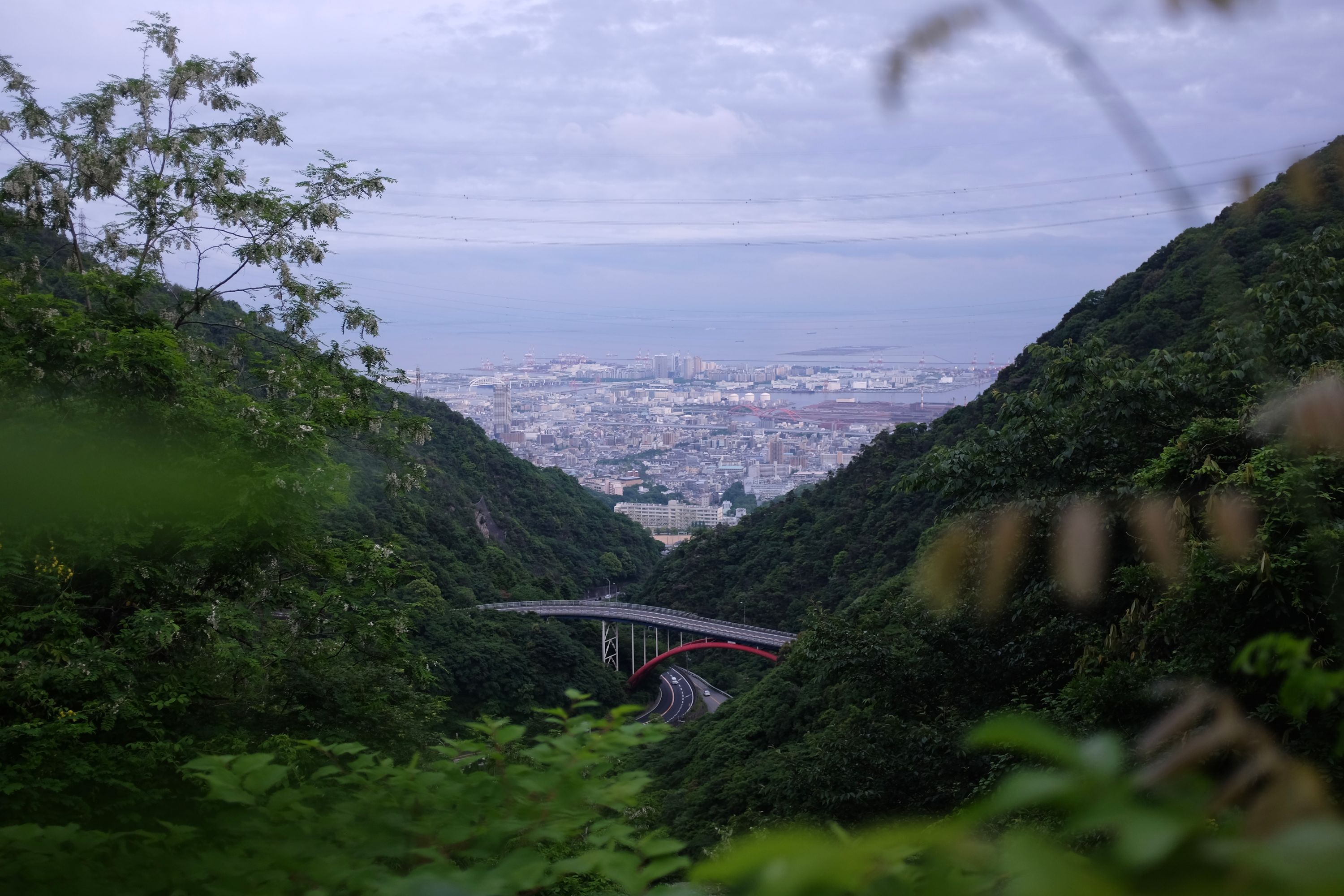
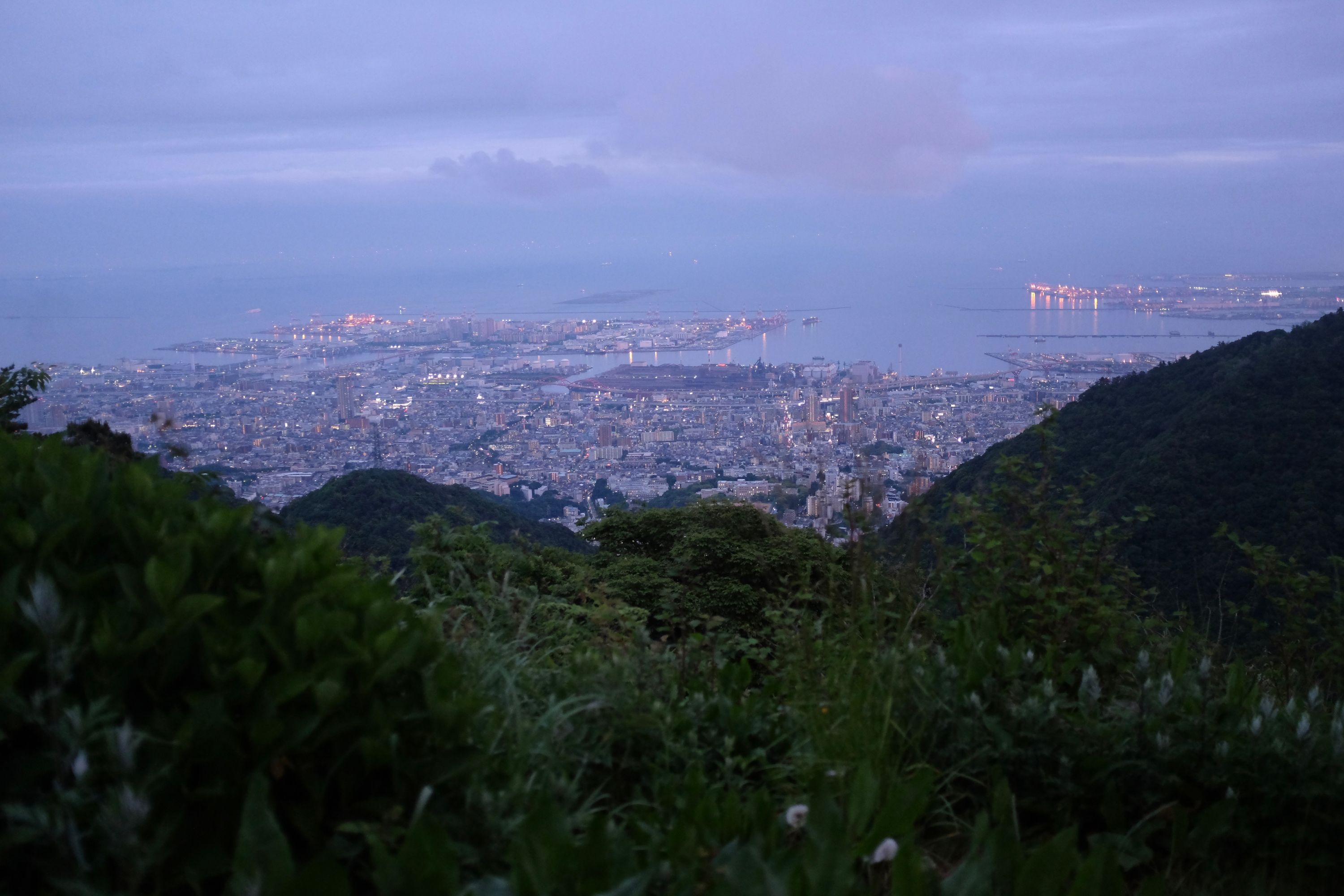
We looked out over the cool jungle, high above the purple-silver, ephemeral city.
“And I will walk, and then I will take a boat to Mount Rishiri,” I said. “I’m going there tomorrow,” Hiro said, waved goodbye, and drove 2,000 kilometers to Mount Rishiri, jagged, Wagnerian, covered in snow, the fields the straw-yellow of late winter, the ocean turquoise and ice-cold.
I looked at the Inland Sea for the last time, then turned and walked into the fog, towards the thousand-year capital.
